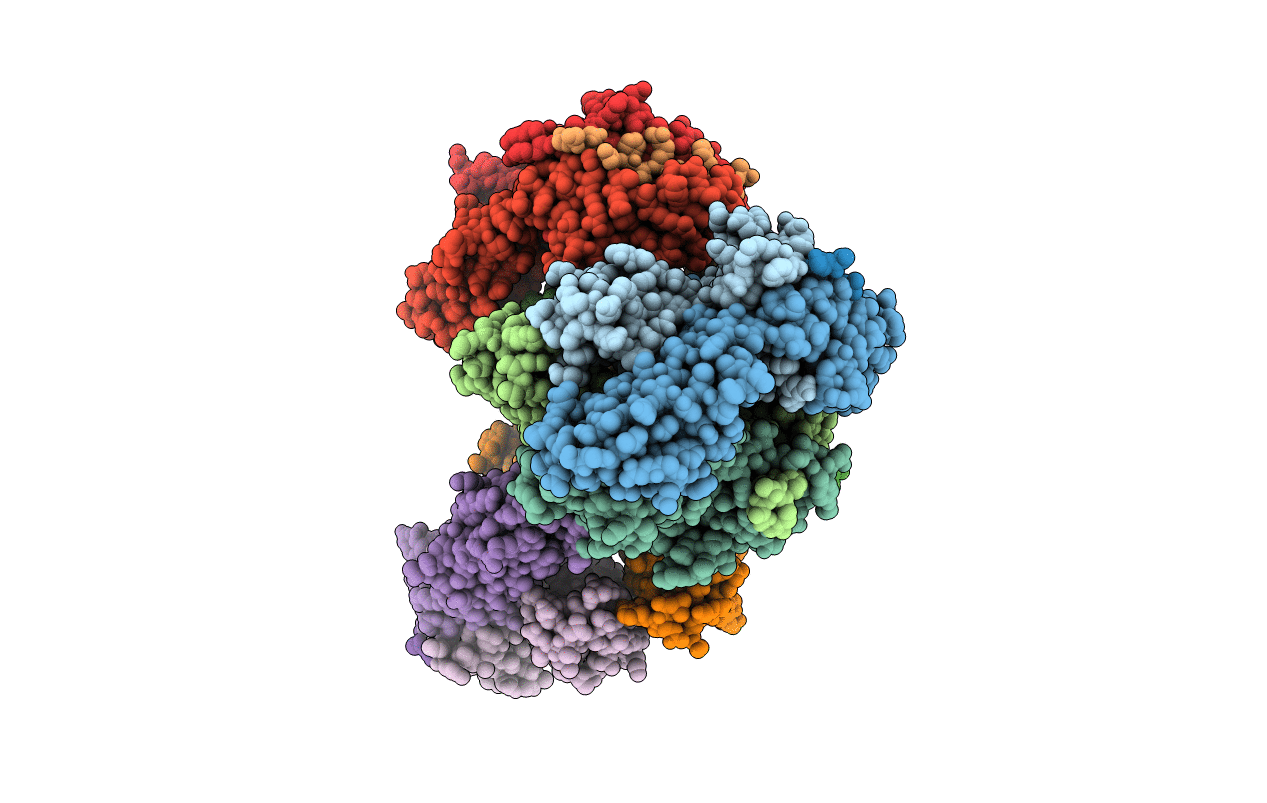
Deposition Date
2014-02-20
Release Date
2014-07-16
Last Version Date
2024-11-06
Entry Detail
PDB ID:
4OV5
Keywords:
Title:
Structure of HLA-DR1 with a bound peptide with non-optimal alanine in the P1 pocket
Biological Source:
Source Organism:
Homo sapiens (Taxon ID: 9606)
Host Organism:
Method Details:
Experimental Method:
Resolution:
2.20 Å
R-Value Free:
0.23
R-Value Work:
0.20
R-Value Observed:
0.20
Space Group:
P 1 21 1


